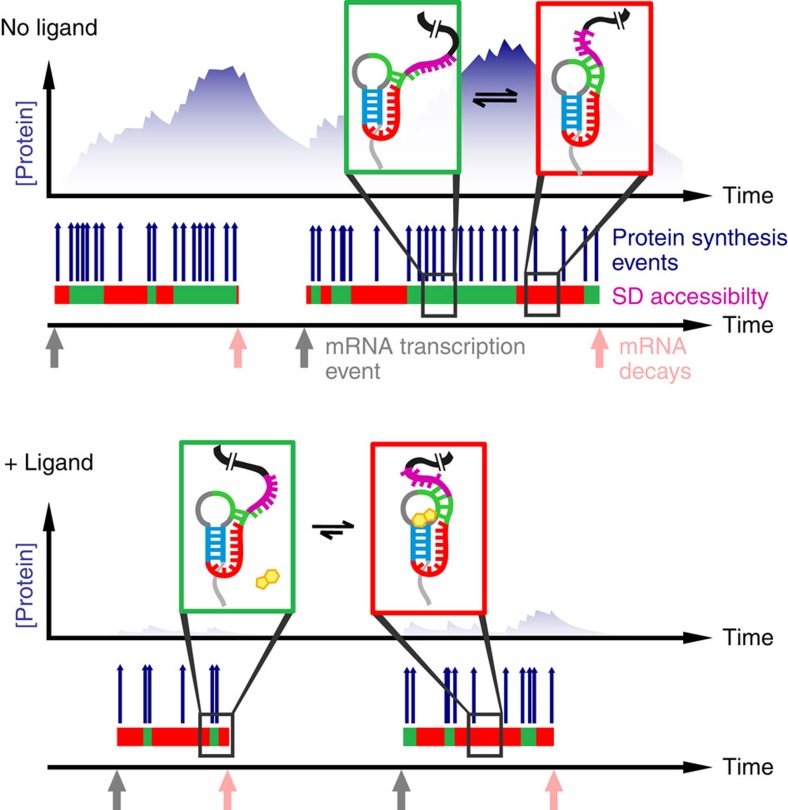Figure 6. A stochastic burst model for preQ1-dependent expression of the Tte mRNA.
In the absence of ligand (top), a transcription event (grey arrow) gives rise to an individual riboswitch-containing mRNA molecule that persists in the cell until it is degraded (light red arrow). During its lifetime, the mRNA transitions between burst (green bar segments) and non-burst (red bar segments) conformational states during which its SD sequence (purple nucleotides) is highly accessible and largely occluded, respectively. As reflected by increased anti-SD probe binding during SiM-KARTS, there are more potential opportunities for translation initiation events (blue arrows) in the burst state, leading to bursts of protein biosynthesis, than in the non-burst state. In the presence of the ligand (bottom), preQ1 favours formation of the full P2 stem (green nucleotides) and occlusion of the SD sequence, resulting in shorter excursions to the burst state and, consequently, fewer opportunities for translation initiation. This may be accentuated by a decrease in the mRNA's lifetime (depicted as overall shorter burst/non-burst bars) resulting from its scarce occupancy with actively translating ribosomes, leading to significant downregulation of protein expression. Colouring of the riboswitch cartoon is as in Figs 1a and 2a.

